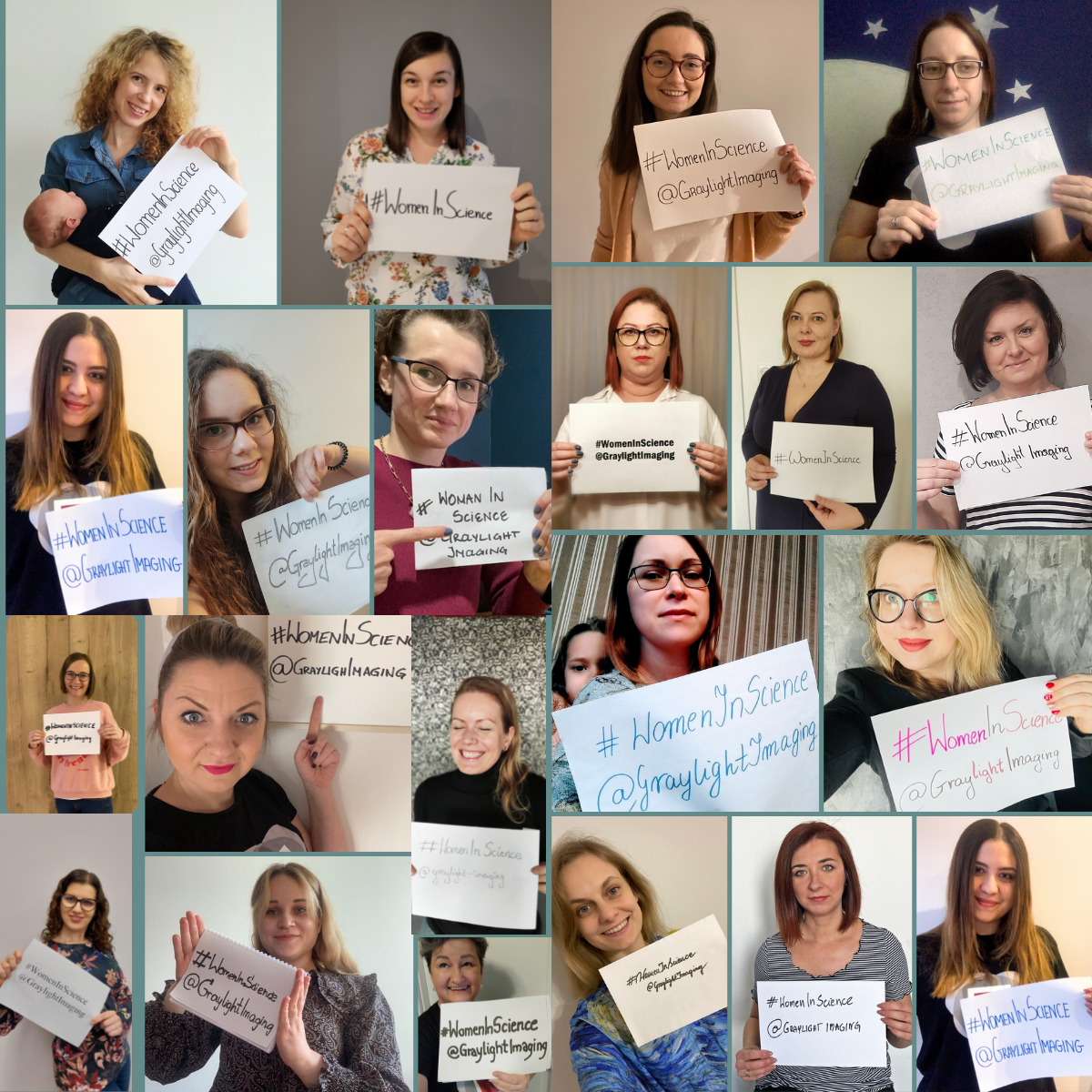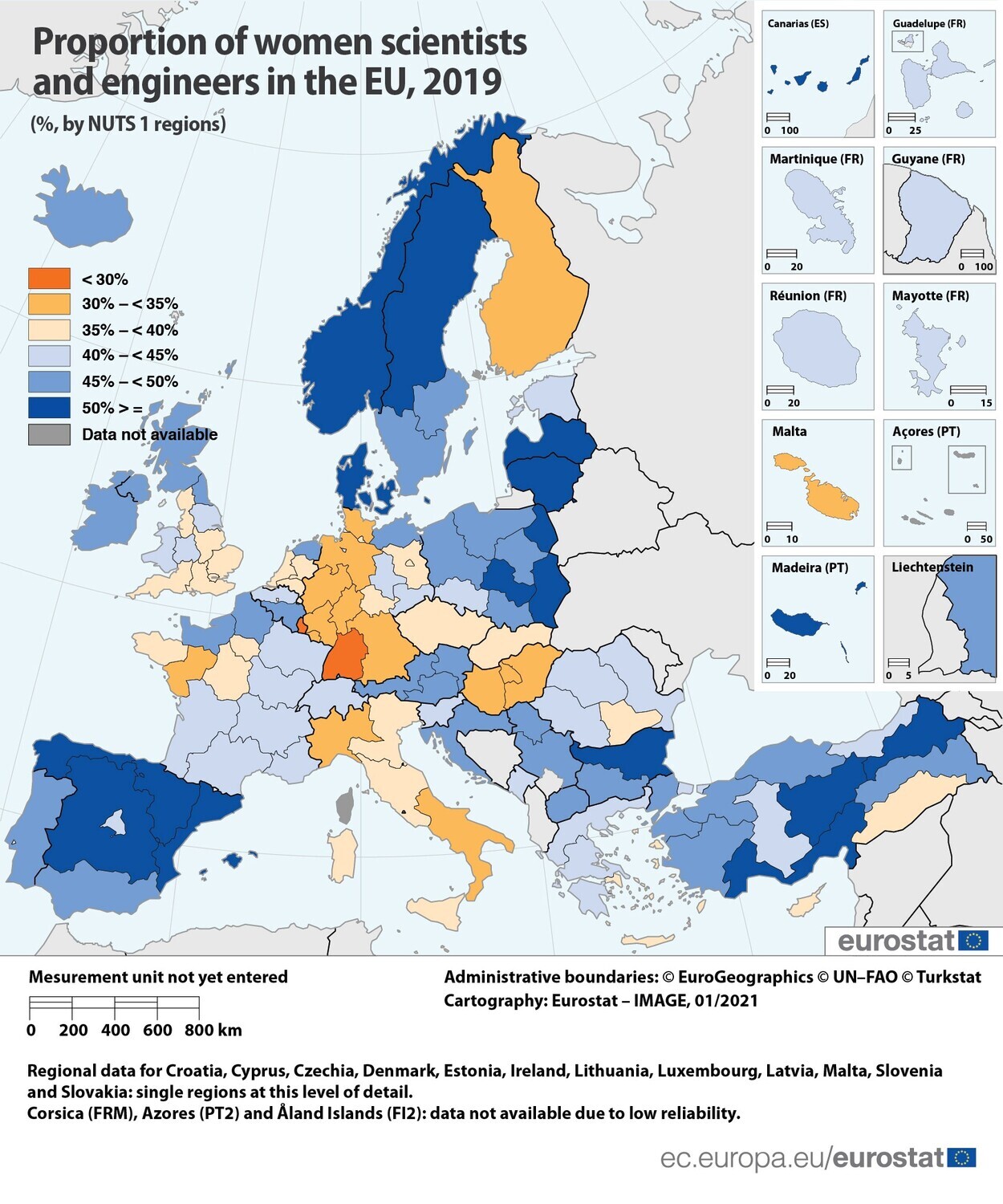Women In Science Day at Graylight Imaging
Women in Science
There is a global shortage of skilled workers for the digital economy.
Yet, Women in Science only make up
- 33% of researchers
- 28% of engineering graduates
- 22% of professionals in AI

Girls’ aspirations
Only one percent of teenage girls (10-15 years of age) in Poland want to become data analysts/data scientists. Furthermore, only 3% are thinking of becoming a biotech engineer. 5% would choose a career in science. [1] Additonally, by the age of 6 girls already consider boys more likely to show brilliance and more suited to “really, really smart” activities than their own gender. [2]
The origins of Day of Women and Girls in Science
Women remain a minority in the fields of digital information technology, computer science, physics, mathematics, and engineering, not to mention medical software development. Those roles are the drivers of the digital revolution where future jobs are.
The United Nations General Assembly declared 11 February as the International Day of Women and Girls in Science in 2015 to achieve full and equal access to and participation in science for women and girls, and further achieve gender equality and the empowerment of women and girls.

Women in Science at Graylight Imaging
At Graylight Imaging we believe everyone notwithstanding their gender has a curious mind and aptitude to pursue science.
We at Graylight Imaging do our share to eliminate barriers for girls and #WomenInScience.
¼ of the employees of Graylight Imaging are women.
At Graylight Imaging 100% of women have Master’s degrees or higher.
We believe Women and girls should know their place. #WomenInScience.
Did you know?
- Women are typically given smaller research grants than their male colleagues and only 12% of members of national science academies are women.
- In cutting edge fields such as artificial intelligence, only one in five professionals (22%) is a woman.
- Despite a shortage of skills in most of the technological fields driving the Fourth Industrial Revolution, women still account for only 28% of engineering graduates and 40% of graduates in computer science and informatics.
- Female researchers tend to have shorter, less well-paid careers. Their work is underrepresented in high-profile journals and they are often passed over for promotion. [2, 3]
References:
[1] Aspirations of girls in Poland. Social diagnosis of the generation between 10 and 15 years old. Report commissioned by Inspiring Girls Foundation Poland.
[2] Gender stereotypes about intellectual ability emerge early and influence children’s interest. Science, Bian, Lin, et al. 2017.
[3] https://inspiring-girls.pl/aspiracje-dziewczynek-w-polsce-2021/
See the previous post by Anna Choma: Segmenting pediatric optic pathway gliomas from MRI using deep learning – our contribution